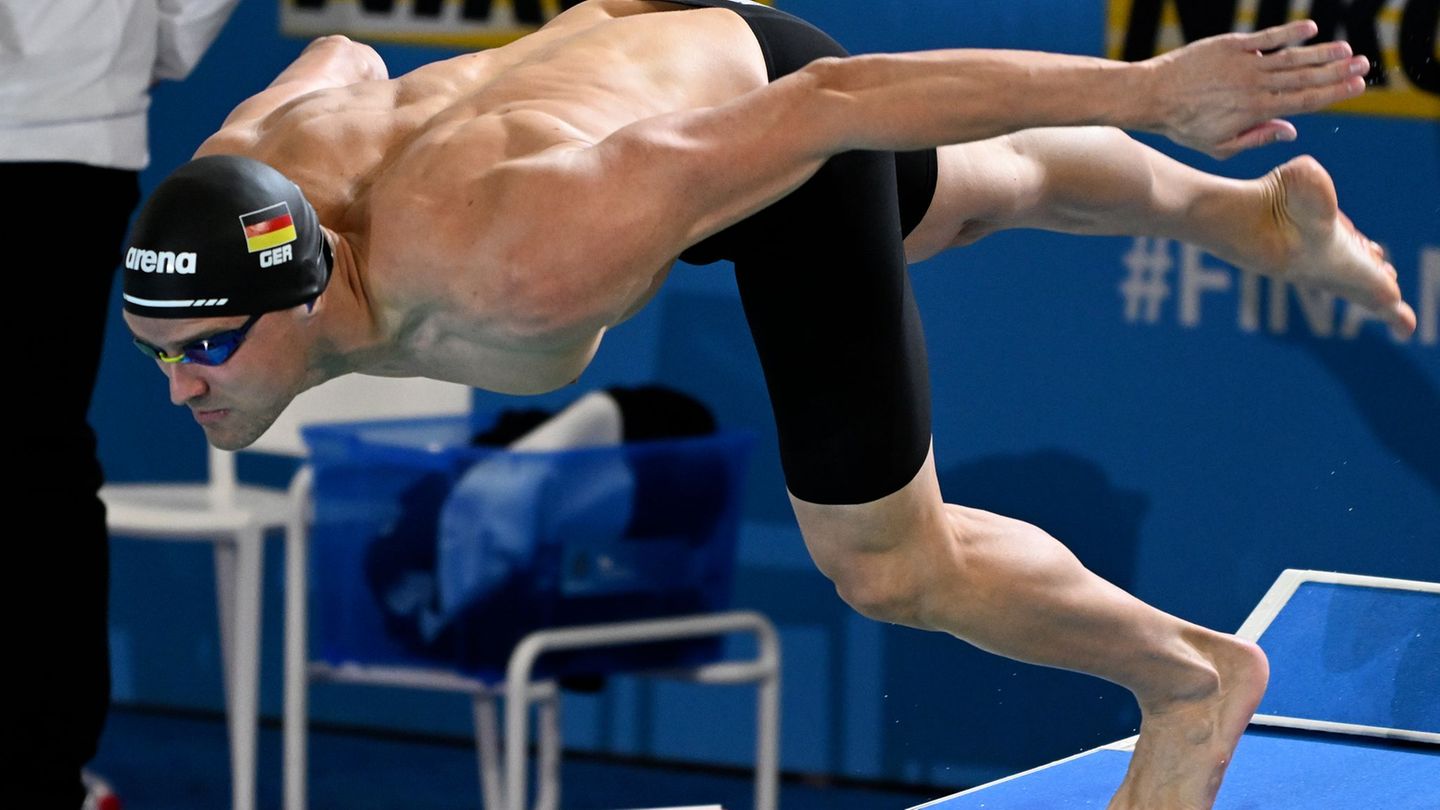In the coming days, the national government will sign the update of the Chinese financing addendum for the construction of the dams on the Santa Cruz Riverwhich will allow you to receive in the first weeks of November a second tranche of US$ 517 million to continue with the works, anticipated the president of Energía Argentina, Agustín Gerez.
The amount of the new financing tranche represents more than 10% of the estimated cost of the construction of the Jorge Cepernic and Néstor Kirchner dams, which make up a hydroelectric generation project for about US$ 4.7 billion that will be undertaken by China and with a repayment system for the sale of the energy produced by the complex starting in 2027.
Arrival of turbines
These days, the arrival of the second of the three Kaplan turbines destined for the Cepernic dam is awaited, whose arrival is expected in Puerto Santa Cruz from Shanghai.
This machinery, with a runner diameter of seven meters and six blades in total, will allow – through the rotating movement of the propellers, added to a generator – the transformation of the flow of the water current into 120 MW of electrical energy.
The energy is produced through the LEAT connection line, linked to the National Interconnected System, providing 1,310 MW of power, that will benefit more than a million homes with a basic service such as electricity.
“It is one of the turbines of the hydroelectric complex that will generate 1,300 megabytes in total, which will create 20,000 direct and indirect jobs throughout the entire project during the construction process, and with a public investment of US$ 4,714 million , financed entirely by the Chinese state,” explained Gerez.
The arrival of this equipment at Punta Quilla, in Puerto Santa Cruz, will be followed in the first quarter of 2024 by the third turbine for Cepernic, and almost simultaneously progress will be made in a milestone of the work, since April 2024 is expected the diversion of the Santa Cruz River, to have in mid-2025 the first of the turbines will enter generation.
Financing
Regarding financing, during the visit that the Minister of Economy made to China in June, Sergio Massatogether with the Secretary of Energy, Flavia Royónand Gerez, the continuity of disbursements was agreed, which then allowed a transfer of US$ 524 million and another similar one for the remainder of 2023, for which it was agreed to work on an addendum to the bilateral agreements.
The Chinese company Gezhoba Group He is at the head of the consortium of companies that also makes up the national Eling -former Electroengineering- with financing from the group of banks made up of China Development Bank Corporation, Industrial and Commercial Bank of China Limited (ICBC) and Bank of China Limited.
“Next week the second addendum to the financing contract will be signed and we estimate that between the first and second week of November another tranche will arrive for more than US$500 million,” Gerez anticipated, which would complete the disbursements. of the year for more than US$ 1,000 million.
Gerez explained that the work – which has a degree of progress of 27% in the total complex– is part of the energy planning that Argentina has: “The objective is to substitute imports in order to supply ourselves with our own resources, at competitive prices for homes and the production of goods and services, which will motivate the generation of employment”.
Energy balance
But they will also contribute to “a logical improvement in the energy trade balance that, based on other projects that this Government has promoted, will allow “This year a surplus of more than US$100 million and next year in the order of US$4 billion.”.
In the case of the contribution of the dams to the system, the head of Enarsa pointed out: “The first thing that is replaced in terms of energy are the liquid fuels that must be imported to generate electrical energy; and the second thing that contributes to eliminating is the import of natural gas in any of its variants”.
Thus the commissioning of the dams will equivalent to the replacement of about US$1.4 billion a yearor the equivalent of 1.5 million cubic meters of fuel, according to the variation in international prices that suffered high volatility in the last two years.
Gerez mentioned the role of the State, ensuring that this work, along with others carried out by the national government such as the President Néstor Kirchner Gasduct in its two sections, or the reversal of the Northern Gasduct, reflect that “they are projects that add value, that generate wealth in times when it is stated that the State is only subsidies and deficits.
In addition, he praised public-private associations: “These are projects that generate wealth because if not, how much would the gas be worth without being able to transport it: it would be worth zero and the companies that exploit the deposits would be left with reserves that they cannot monetize,” he added.
In this sense, Gerez understood that “what the State is doing is valuing and allowing companies, workers, all citizens, exports and the economy to win, which becomes much healthier.”
By Ignacio Ortiz in Agencia Télam
Source: Ambito




